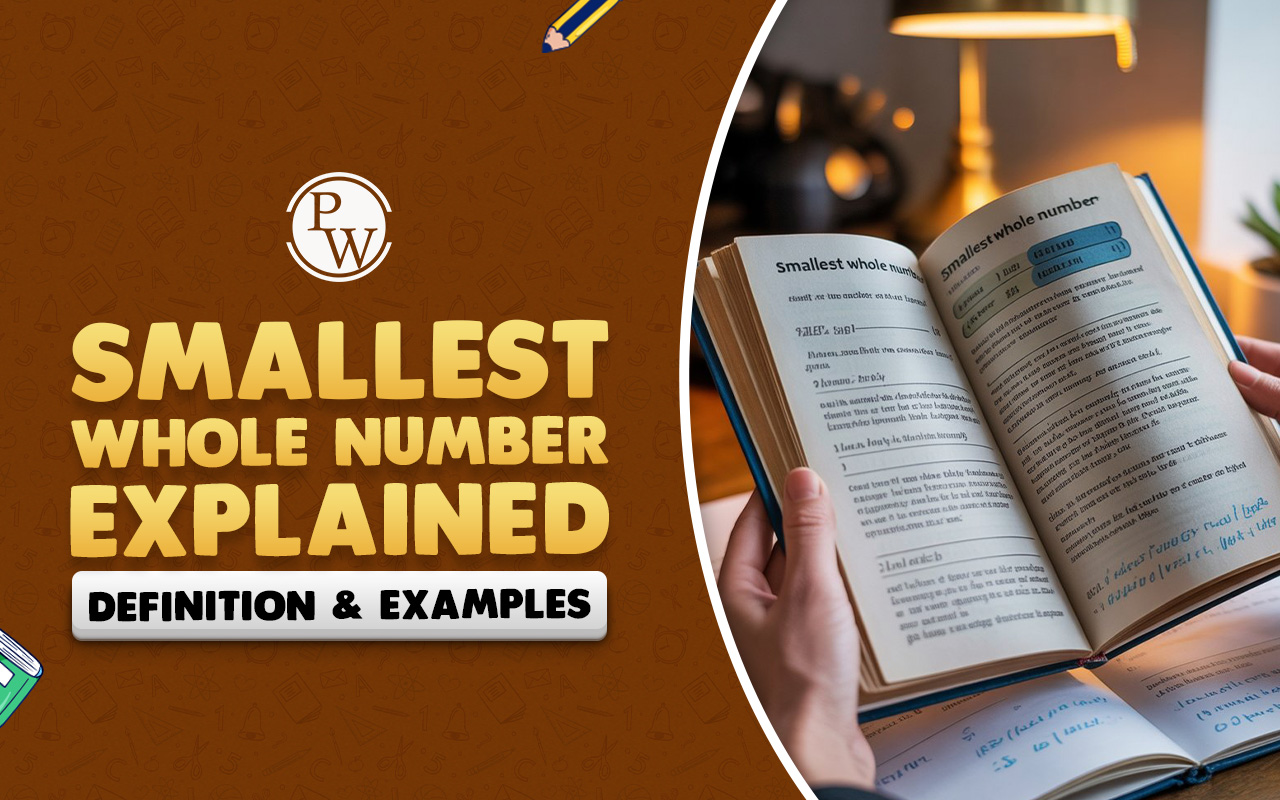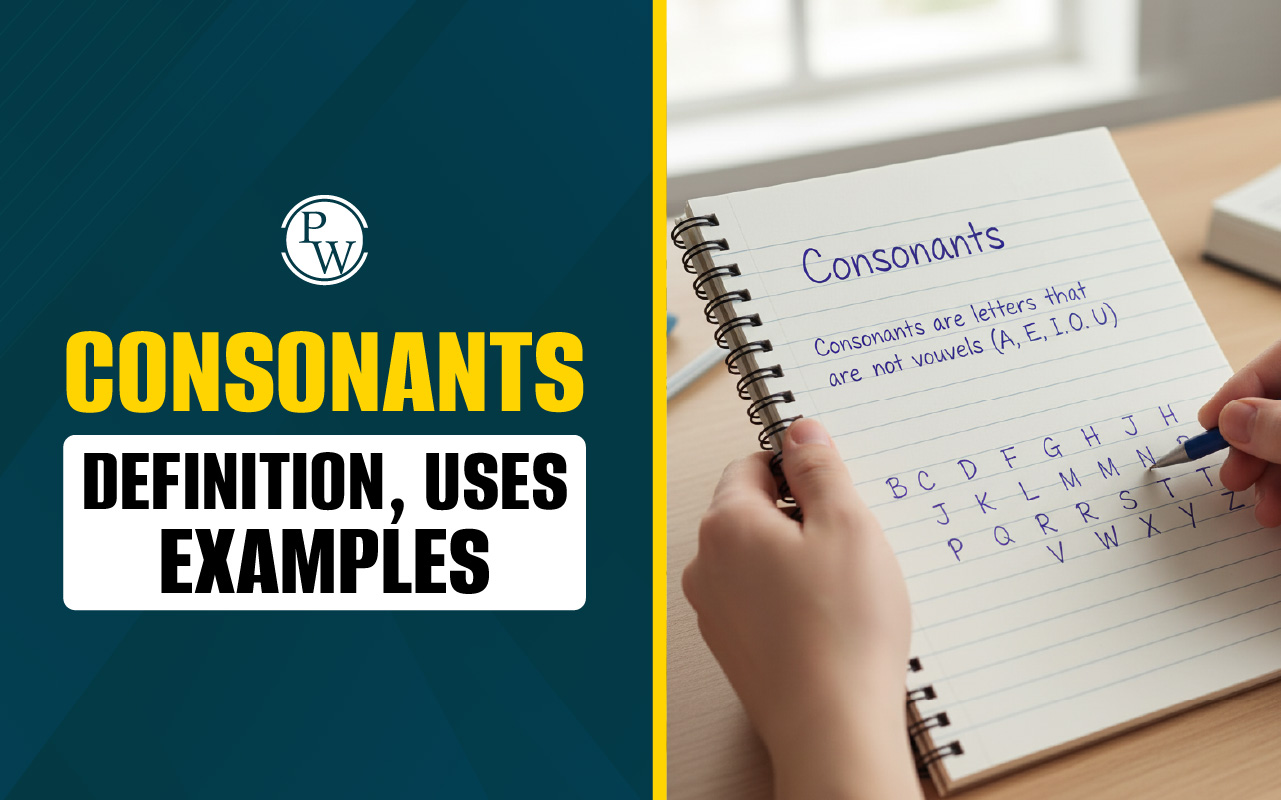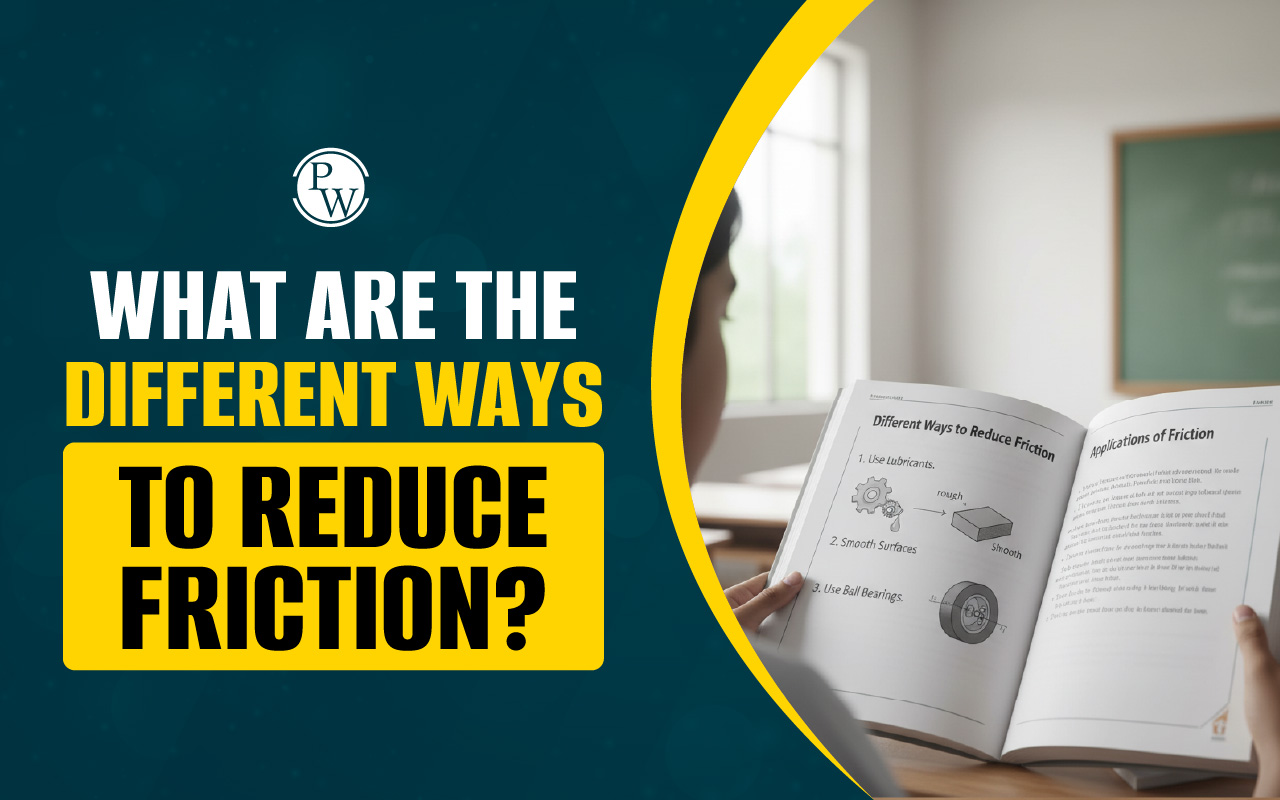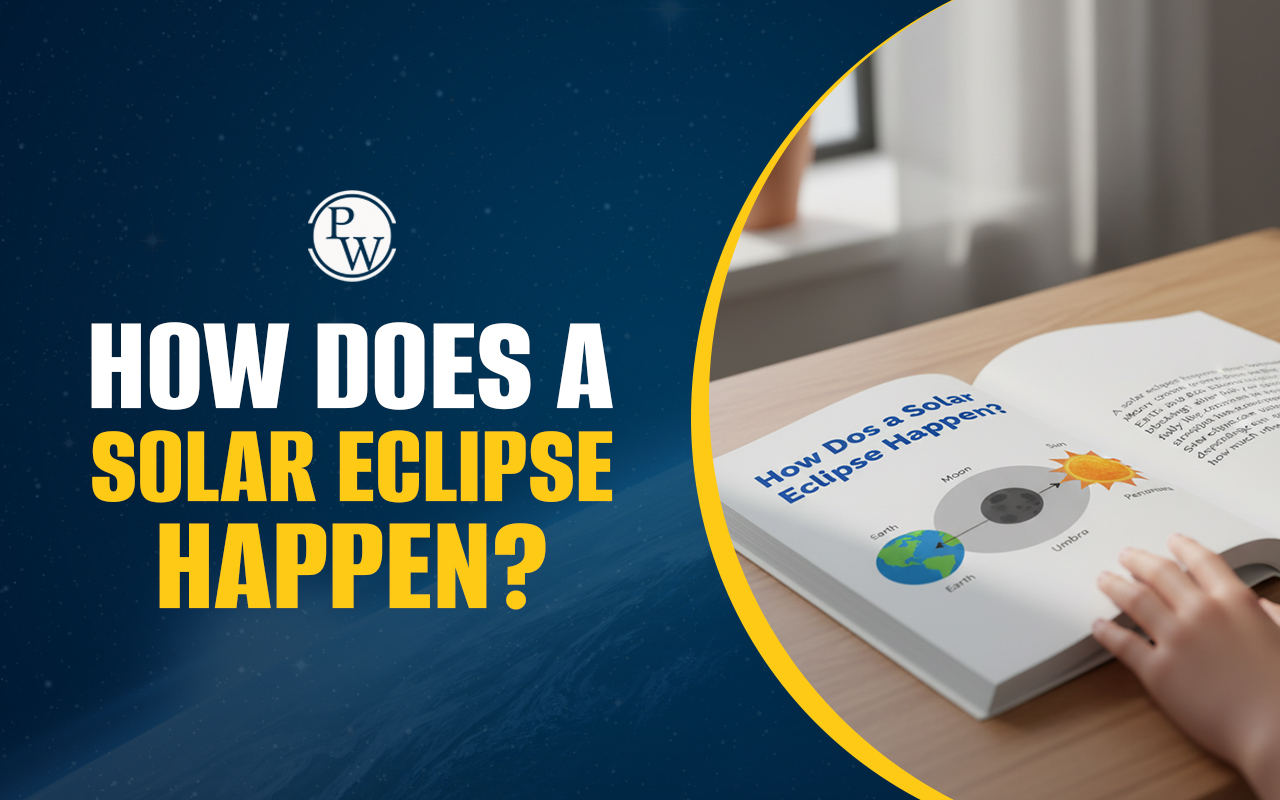
The three states of matter, solids, liquids, and gases, are all around us, and it is essential to understand how they behave under different conditions. This knowledge will help you explain why ice is hard, water flows, and air fills a balloon.
One of the most basic ways to classify matter is by looking at its physical state. Next time you put ice cubes in your drink or find the steam rising from a hot coffee cup, you can easily identify the states of matter. This article lets you explore the states of matter, their interconversions, and properties.
What is Matter?
Matter is defined as any substance has mass and takes up space, called volume. Matter exists in different physical forms that we observe in our daily life. These physical forms are called the states of matter. Every matter is composed of basic, tiny particles. How these particles are bound and interact with each other determines the states of matter.
Read More - What is Photosynthesis?
States of Matter
Matter on Earth typically exists in three states: solids, liquids, and gases. In each of these states, the arrangement and movement of particles inside the matter are different, which results in different physical properties such as shape, volume, compressibility, etc. We will discuss all these states in detail with definitions and examples.
Definition of Solid, Liquid, and Gas
The following section will define solid, liquid, and gas with examples.
Solid
It is a state of matter in which the particles are tightly packed together with no movement. This close packing of particles gives solids a definite shape and volume. The particles do not move freely, which makes solid substances rigid and less compressible.
Examples of Solids: Iron, wood, brick, ice cube, etc.
Properties of Solids:
-
It maintains a definite shape and volume
-
The particles in solids are closely packed
-
Solids cannot flow freely
-
Solids are not compressible or very slightly compressible
Liquid
The matter where the particles are not so tightly packed as in solids and have some space in between, forms the liquid state. These particles can move around each other within a fixed space. As a result, liquids have a definite volume but no fixed shape. When we keep a liquid in a container, it takes the shape of the container.
Examples of Liquids: Water, Milk, Oil, Juice
Properties of Liquids:
-
They have no fixed shape but definite volume
-
They are called fluid because they can flow easily
-
Liquids are slightly compressible
-
Liquids have surface tension and viscosity
Read More - Separation of Substances
Gases
In the gaseous state, the particles in the matter are far away from each other and can move freely in all directions. As a result, gases neither have a fixed shape nor a definite volume. They fill the entire shape and volume when kept in an enclosed space.
Examples of Gases: Oxygen, Carbon dioxide, Water vapour, CNG
Properties of Gases:
-
Gases have no definite shape or volume
-
It is easily compressible
-
Gases can diffuse and mix with other gases quickly
-
They exert pressure on the walls of the container in which they are kept.
Read More - Changes Around Us
Comparison Between Solids, Liquids, and Gases
The table below provides a comparative picture of solids, liquids, and gases.
|
Parameters |
Solid |
Liquid |
Gas |
|
Shape |
Fixed |
Takes shape of container |
Takes shape of container |
|
Volume |
Fixed |
Fixed |
Not fixed |
|
Compressibility |
Very low |
Low |
High |
|
Flow Ability |
Cannot flow |
Can flow |
Can flow easily |
|
Particle Spacing |
Very closely bonded |
Close but not tightly packed |
Far apart from each other |
Changes in the State of Matter
Matters can change their state from one to another. Solids in one condition can be in a liquid state in another condition. The same applies for conversion of the liquid state to a gaseous state.
These interconversions are reversible, physical changes that don't involve any chemical reaction. These changes can occur under the influence of temperature or pressure, which causes changes in the interaction between particles within the matter. We will discuss this in detail.
Read More - Force and Pressure
Change Between Solid and Liquid
Interconversion between solids and liquids happens in two different ways as follows:
Melting
It is the process where the solid changes its state to liquid. It takes place at a particular temperature, called that substance's melting point. For example, ice (solid) can be converted to water (liquid) with increase in temperature.
Freezing
When matter changes from liquid to solid, it is called freezing. With the continuous decrease in temperature, a liquid substance changes state to a solid at one point. This particular temperature is called the freezing point of the matter.For example, water freezes to ice with a decrease in temperature up to zero degree Celsius.
Change Between Liquid and Gas
Interconversion between liquids and gases happens in two different ways as follows:
Vaporization
It is the process by which liquids become gaseous above a particular temperature. While increasing the temperature, the liquid starts boiling at a particular temperature to become gaseous. This temperature is known as the boiling point of that liquid.
For example, when we increase the water temperature to 100 degrees Celsius, the water starts boiling and generates water vapour.
Condensation
When vapours turn into liquids with a decrease in temperature, it is called condensation. Condensation happens when matter in a gaseous state comes in contact with a colder surface and is deposited in liquid form.
For example, dew is formed by the condensation of water vapour when the air comes in contact with a cold ground surface at night.
This article explores the different types of matter and highlights how solids, liquids, and gases have unique characteristics. To help children understand such science concepts more clearly, CuriousJr kids online tuition offer interactive lessons for students from Classes 3 to 9. These sessions make learning fun, engaging, and easy to follow. Book a demo with CuriousJr online classes and support your child’s learning through interactive and enjoyable lessons.









